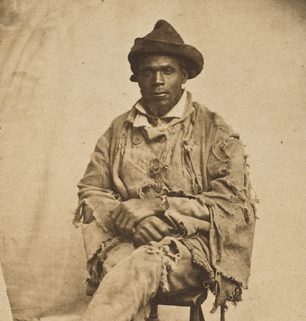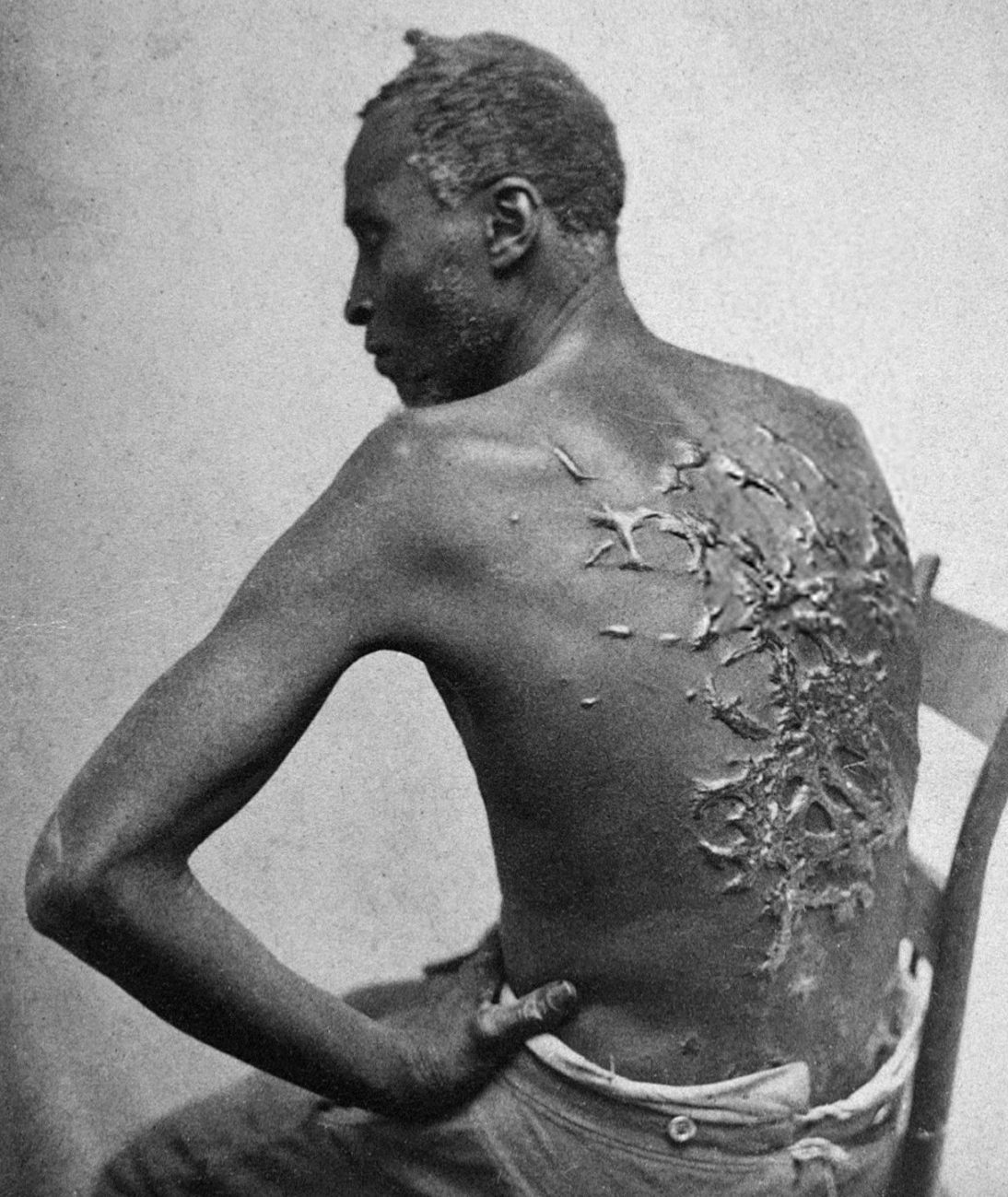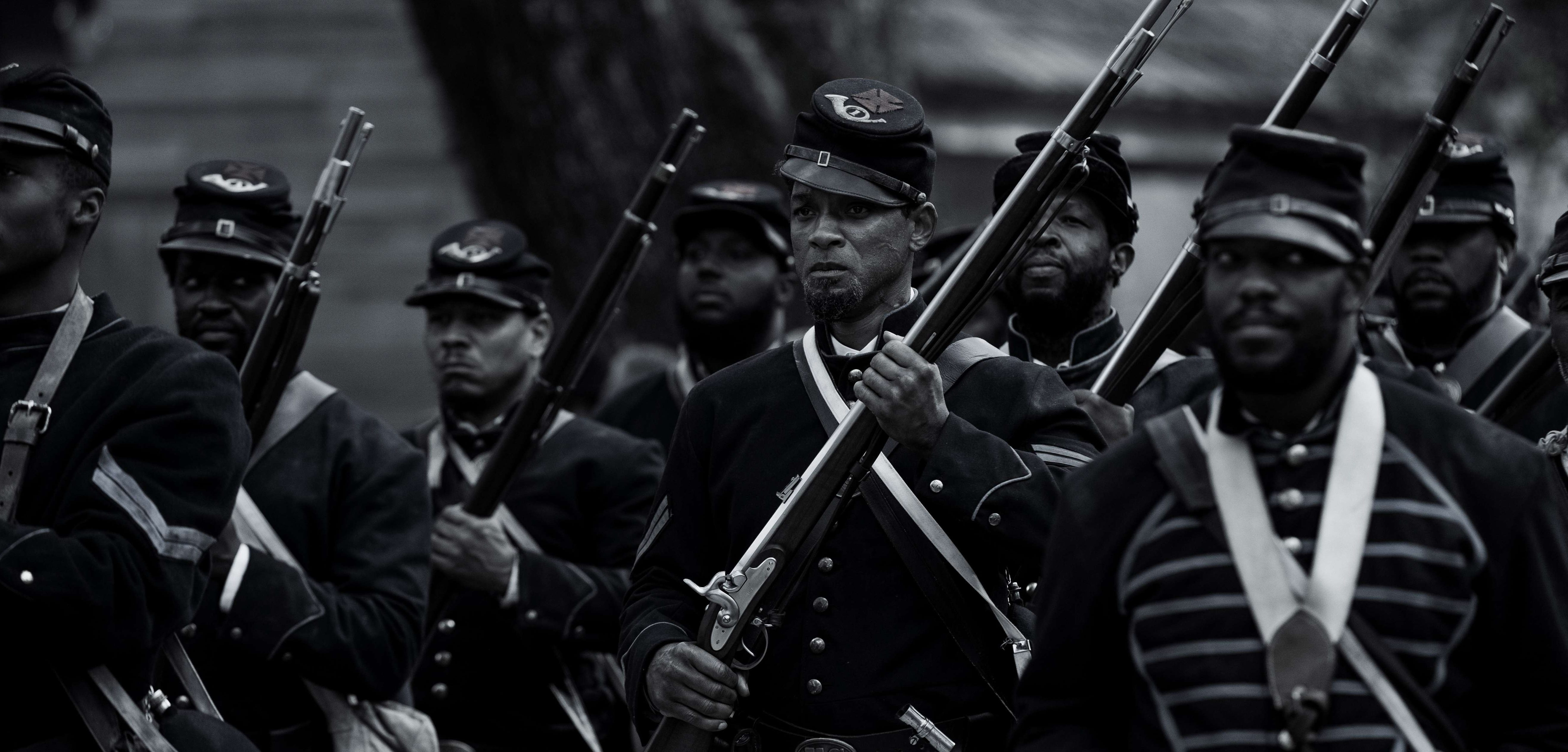Directed by Antoine Fuqua, Apple TV+’s historical film ‘Emancipation’ revolves around the life of Peter, a slave who has been owned by Captain John Lyons. Peter eventually ends up in a Confederate slave camp, where he is forced to work on a railway construction site as part of the Civil War. When he comes to know that President Abraham Lincoln has freed the slaves, Peter escapes from the slave camp and tries to seek refuge in the Union Army camp in Baton Rouge. Intrigued by Peter’s heart-wrenching struggles, we have found out whether an actual slave inspires the character. Here’s what we know about the same!
A Real Slave Gordon Inspires Peter’s Character
Peter is based on a real slave named Gordon, who became renowned as “Whipped Peter.” Gordon was a slave who worked on the plantation of John and Bridget Lyons, based in St. Landry Parish, Louisiana, by the Atchafalaya River. As one of the forty slaves who lived on the plantation, Gordon had to endure an enormous number of whippings and other physical torture. After Lincoln’s Emancipation Proclamation, Gordon ran away from the plantation in March 1863. Although hunters and dogs were in search of him, he managed to stay away from them by using onions to mask his scent, making the dogs useless in the pursuit of him.

The journey to the Union Army camp in Baton Rouge wasn’t an easy one for Gordon. He had to cross several swamps and bayous to complete the journey. In addition, Gordon began his journey after reportedly being in a coma for two months as a result of a horrendous whipping. The near-death experience only made him more determined to end up in Baton Rouge by seemingly putting his life on the line. Despite man hunters and bloodhounds chasing him, Gordon somehow managed to reach the army camp but as a severely exhausted and starving man in rags.
Gordon arrived at the army camp with the remains of the brutality he had to endure on the plantation. When he removed his rugs, his “scourged back” became visible. “He [Gordon] pulled down the pile of dirty rags that half concealed his back. It sent a thrill of horror to every white person present, but the few blacks who were waiting paid but little attention to the sad spectacle, such terrible scenes being painfully familiar to them all,” a witness told the New York Daily Tribune newspaper at the time. William McPherson and J. Oliver photographed the same and the photograph became globally renowned as “The Scourged Back.”
Ending up at the Union Army camp gave Gordon an opportunity to open up about the horrendous experiences he had to suffer. “Overseer Artayou Carrier whipped me – I don’t remember the whipping. I was two months in bed, sore from the whipping and salt brine, which Overseer put on my back. By and by my senses began to come – they said I was sort of crazy, and tried to shoot everybody,” Gordon told the Union troops, according to New York Daily Tribune. Gordon then became a part of the Union Army upon getting enlisted in the Louisiana Native Guard. As per reports, he was a sergeant as well.
Gordon also played a significant role in the Siege of Port Hudson, the Union Army’s final engagement to recapture the Mississippi River as part of the Civil War. Since the Louisiana Native Guard was formed entirely by free Black recruits, Gordon was able to fight the war along with people who had gone through similar experiences for their freedom.
How Did Peter Die?

Gordon AKA Whipped Peter reportedly died on July 20, 1907. While he was in the Union Army, he was apparently captured by the Confederates. As per reports, he was beaten up and left to die as well. But Gordon managed to return to the Union Army alive. Not much about his life after the Siege of Port Hudson is known, including the cause of his death. However, Gordon’s photograph became a significant part of the Civil War history. It continues to remind us of the brutalities Blacks suffered prior to the abolition of slavery.
Read More: Where Was Emancipation Filmed?


You must be logged in to post a comment.